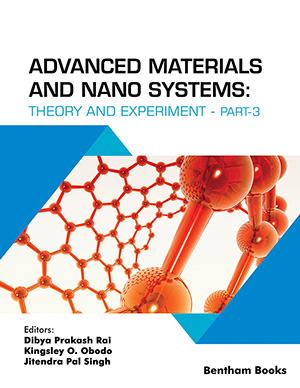Abstract
SHS investigation development is considered from the geographical and historical viewpoint. 3 stages are described. Within Stage 1 the work was carried out in the Department of the Institute of Chemical Physics in Chernogolovka where the scientific discovery had been made. At Stage 2 the interest to SHS arose in different cities and towns of the former USSR. Within Stage 3 SHS entered the international scene. Now SHS processes and products are being studied in more than 50 countries.
Abstract
Light-emitting diodes, especially white light-emitting diodes are very
attractive and fascinating lighting sources at this present time because they have the
potential for high energy saving and environmental friendliness as compared to
conventional lighting sources such as incandescent and fluorescent lamps and also have
wide applications in a variety of fields including in lighting, architectural and medical
etc. Among the various applications, the lighting sector is one of the most important
fields because it consumes a large amount of electricity. About 15-22% of total
electricity production in the world is consumed in the lighting sector. Therefore,
understanding how to fabricate a white light-emitting diode is very necessary in order
to improve its practical application further. Basically, there are two methods of
fabrication for white light emitting diode, mixing of multiple LEDs and phosphor
converted white light emitting diode (pc-WLED). The luminous efficiency and
rendering index is influenced by the type of fabrication. In this chapter, the general
introduction of light emitting diode (LED), its working principle, characteristics of
light including CIE, color temperature and rendering index, the different modes of
fabrication for white light-emitting diodes, and their advantages and disadvantages
have been discussed.
Keywords:
We recommend

Authors:Bentham Science Books






